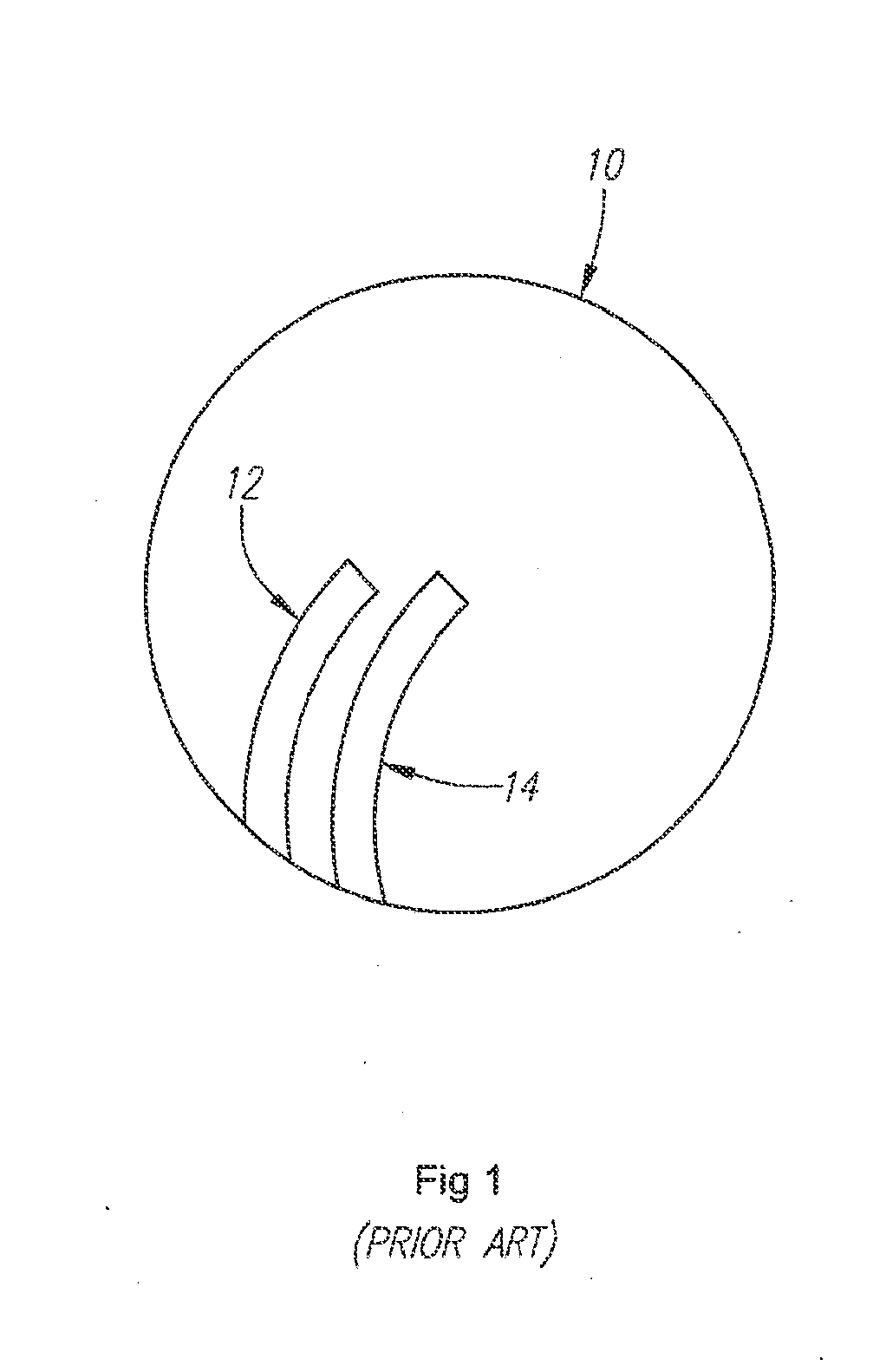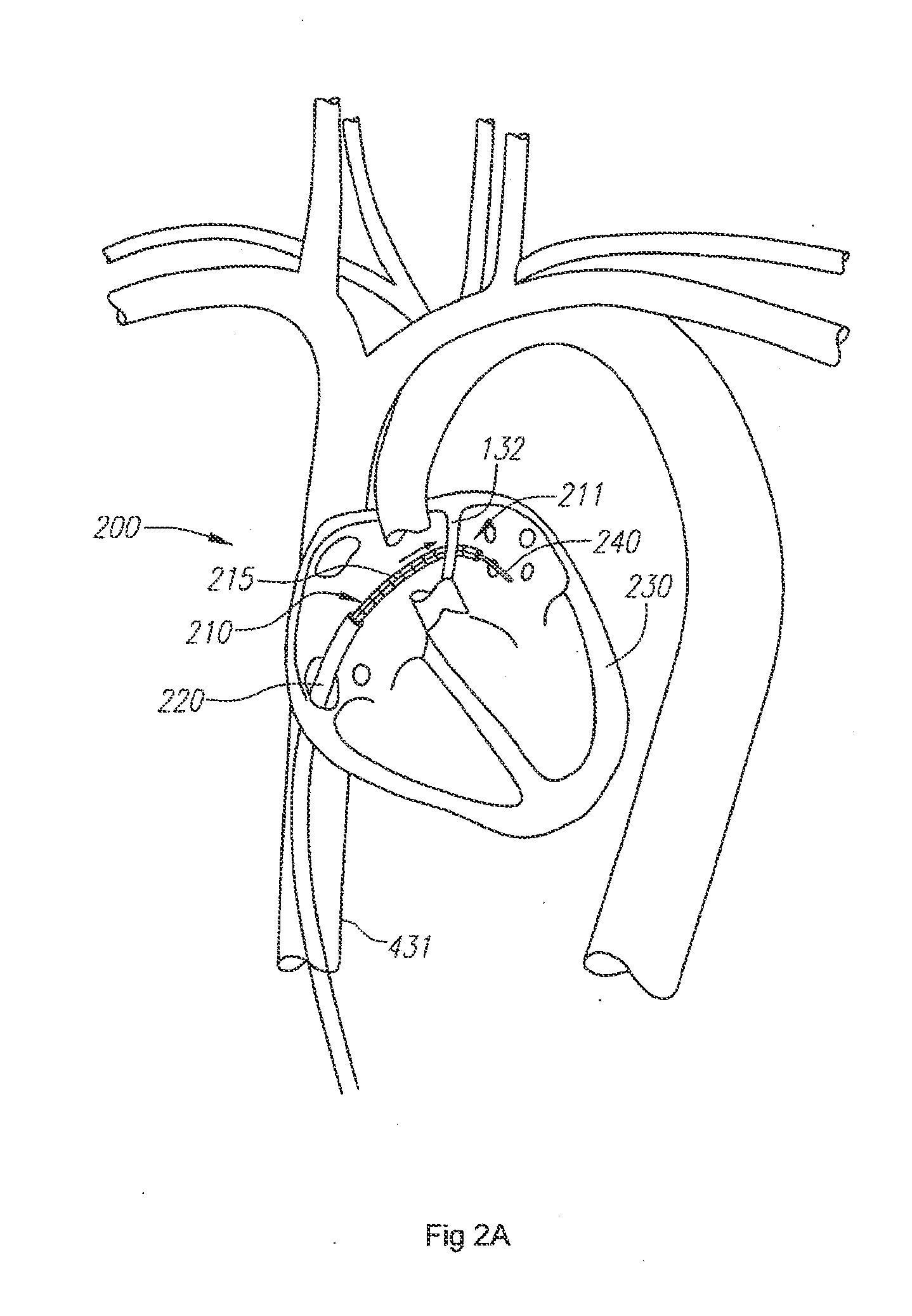System and method for sensing shape of elongated instrument
a technology of elongated instruments and sensing systems, applied in the field of robotic control systems, can solve the problems of long recovery time, visible scarring, and surgery utilizing conventional procedures
- Summary
- Abstract
- Description
- Claims
- Application Information
AI Technical Summary
Benefits of technology
Problems solved by technology
Method used
Image
Examples
Embodiment Construction
[0055]Embodiments of the invention are related to systems, apparatus and methods including or involving the use of optical fiber sensors, e.g., Fiber-Bragg sensors, which may be used to provide accurate shape and / or position data of an elongate instrument.
[0056]Referring to FIG. 2A, according to one embodiment, one or more components of a robotically controlled instrument 200 of a robotic surgical system include an optical fiber or fiber sensor 215 (referred to as optical fiber sensor or fiber 215), which is coupled to, or an integral part of an elongate instrument body 210. Data based on light reflected by gratings of the fiber 215 may be used to determine the shape and / or position of the elongate instrument, which may be a catheter, such as a guide catheter. In the illustrated embodiment, the elongate instrument or catheter 210 is a part of a robotically controlled instrument 200 that it utilized to position a bendable distal end portion 211 of the catheter 210 and one or more wor...
PUM
 Login to View More
Login to View More Abstract
Description
Claims
Application Information
 Login to View More
Login to View More - R&D
- Intellectual Property
- Life Sciences
- Materials
- Tech Scout
- Unparalleled Data Quality
- Higher Quality Content
- 60% Fewer Hallucinations
Browse by: Latest US Patents, China's latest patents, Technical Efficacy Thesaurus, Application Domain, Technology Topic, Popular Technical Reports.
© 2025 PatSnap. All rights reserved.Legal|Privacy policy|Modern Slavery Act Transparency Statement|Sitemap|About US| Contact US: help@patsnap.com



